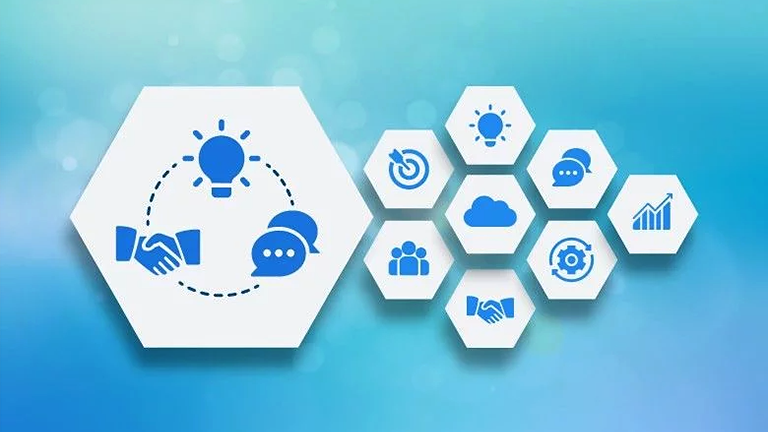Build better IoT applications

Faster to market, higher productivity and better security. These are just some of the improvements you will see from adopting a microservice architecture. Moving away from a monolithic application will be a challenge, but the long-term gain is worth the short-term pain.
Most cloud platforms are built using one large codebase. This monolithic architecture is outdated in an agile world. Breaking the monolithic model increases flexibility, maintainability and scalability. Not surprisingly, leading cloud providers now support a microservice approach to design.
Here’s what ‘microservice’ really means
The internet and, more specifically the IoT, run on cloud-based applications. These applications are essential to make connected devices useful. Collectively, these applications are called services.
We use services all the time. Online, a service could be a website with e-commerce or a streaming media provider. These services can be defined at a high level by what they do. It isn’t surprising that the services have evolved over time.
Early services were relatively simple. The codebase could be maintained by a small team of developers. When new features were added, the entire codebase would be updated. This is now referred to as a monolithic architecture.
The problem with monoliths is that they are big. Changing even a small part of a monolithic codebase requires the entire service to be re-tested and re-deployed. Scaling up the capacity of a monolithic service is difficult. It normally means running the entire codebase on an additional server.
Some of the main disadvantages to a monolithic architecture include:
- Agility. Changing a monolithic architecture involves every part of the system.
- Scalability. It is difficult to scale part of a monolithic codebase independently.
- Outdated. Adding new features requires the entire codebase to change, which means developers are reluctant to add new features or make frequent changes.
- Co-dependent. Every part of the monolithic codebase is integral to the overall service, so it becomes easy to break and hard to update.
Breaking down the functionality into separate, smaller services makes the entire process easier to build and to maintain. This so-called microservice approach uses smaller, individual services that are designed to work together but less interdependently. That means microservices can be added, removed or updated without affecting the rest of the service.
A microservice architecture works in step with a continuous integration/continuous delivery (CI/CD) design methodology. This modern approach to development has evolved inline with IoT services. CI/CD is favored by DevOps teams because it provides greater freedom without fear of total failure.
Microservices will help you scale
Cloud applications have limited capacity. If the architecture supports microservices, adding more capacity is as simple as starting more microservices on the same server.
This contrasts to a monolithic architecture. With a monolithic approach, the entire service needs to be duplicated to increase capacity.
With a microservice architecture, the microservices needed can be started and stopped when required. This provides dynamic scalability, allowing large services to adapt to real-time demand.

As you add more customers to your service, you will need to increase the capacity of your service. With a monolithic architecture, this may mean adding a new server to run a large codebase just to increase capacity for one feature. A microservice architecture makes scaling up or down much simpler.
What you need to remember about microservices
Moving an existing monolithic application to a microservice architecture could be painful. The effort is worth it if you are spending a lot of time testing and maintaining your monolithic service. If your application is outdated, now is the time to migrate.
The benefits of migration are compelling. They will include:
- TTM. Your time to market with new features will improve.
- Scale. You will be able to support more customers with a better service.
- Productivity. Your developers will be more productive and implement new features quicker.
- Competitiveness. You will be able to add new technology with ease.
- Up time. Your service reliability will improve, with better up time.
- Maintenance. Your application will be simpler to maintain.
- Security. You can add, patch and update security features easier.
Providers large and small are moving away from monolithic architectures and toward microservices. Applications built using a microservice architecture are more agile, less likely to fail and easier to maintain.
Development teams have more freedom to innovate. Adding new features requires less development and testing, and no downtime. Scaling up to serve more customers becomes simpler.
Moving to a microservice architecture involves a new approach to development. Your organization will move to a continuous integration/continuous delivery CI/CD methodology.
Avnet Silica’s engineers are experienced in developing and migrating cloud applications to IoT platforms built using microservices. Avnet Silica can help you adopt a CI/CD DevOps methodology to become more agile and responsive to customer demands. If you need to scale your IoT solution using the latest technologies, talk to Avnet Silica.



